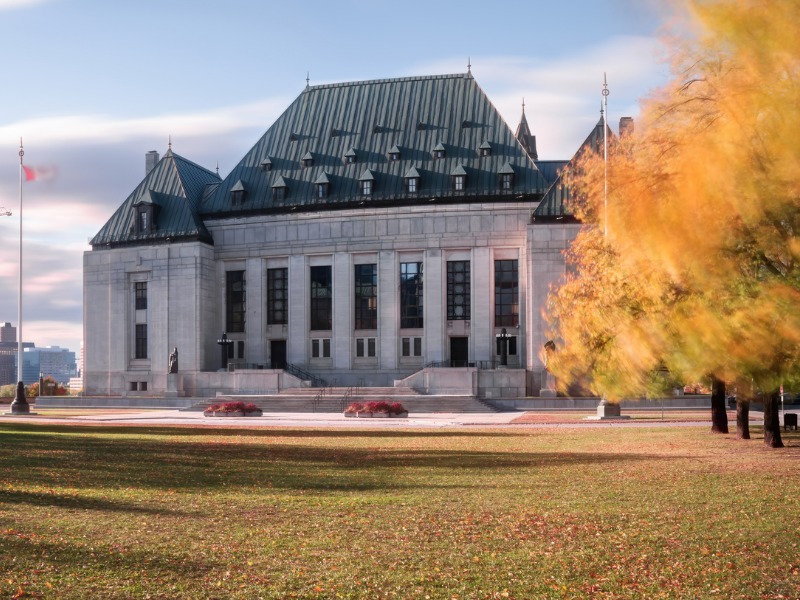Supreme Court takes GRC flood-loss case

Canada’s highest court has agreed to review whether or not a home insurance policy’s guaranteed replacement cost (GRC) endorsement includes payment of any additional costs required to rebuild the home under new and enhanced regulatory standards.
As Trillium Mutual Insurance Company v. Emond currently stands, it does not.
It’s rare for the Supreme Court to grant leave in civil cases, says Erik Grossman, a partner at Zarek Taylor Grossman Hanrahan in Toronto. He puts the likelihood for all civil cases reaching the high court somewhere in the 5% to 8% range.
“Insurance cases are generally considered even less important than other civil cases, making the prospect of a successful leave application even lower,” he adds.
Grossman notes the first court decision found for the insured, saying the GRC should apply to regulations coming into force after the home was built. The Court of Appeal unanimously overturned that decision, noting it would be difficult, if not practically impossible, for an insurer to ensure a property “conforms with by-laws and zoning changes” on a go-forward basis.
“The Supreme Court of Canada has clearly formed an interest in the issue where the guaranteed replacement cost obviously will be much different if the replacement cost is obliged to include the obligation to conform to bylaws and building code changes that did not exist at the time of original construction,” he tells Canadian Underwriter.
What’s at stake
The Supreme Court’s summary says Stephen and Claudette Emond (the ‘insureds’) lived in a house on the Ottawa River located in the catchment area of the Mississippi Valley Conservation Authority (MVCA).
“The insureds had purchased a standard form residential ‘Homeowners’ Package Comprehensive Form Insurance Policy’ from the respondent, Trillium Mutual Insurance Company (‘insurer’),” the summary says. Their home was severely damaged by an April 2019 flood and deemed a total loss.
The insurer acknowledged coverage for the loss under the policy. But the parties couldn’t agree on what, if any, replacement costs for the insureds’ home were excluded from coverage under the policy. The Edmonds claimed their rebuilding costs were fully guaranteed by the policy’s GRC endorsement.
Trillium acknowledged GRC coverage was applicable to replace the Edmonds’ home. But the insurer argued the necessary costs to comply with the MVCA’s regulation policies and other by-laws – and regulations enacted after the home was originally built – were excluded from coverage by a policy exclusion.
“The application judge accepted the insureds’ position that the GRC coverage was intended to guarantee the costs of rebuilding their home, without any limitation of coverage resulting from the operation of any rule, regulation, by-law, or ordinance,” the Supreme Court summary says.
Earlier court rulings
Lower court rulings were issued by the Ontario Superior Court of Justice on Sept. 29, 2022, and the Court of Appeal for Ontario on Nov. 3, 2023.
In 2023, the Court of Appeal for Ontario found a GRC home insurance policy does not provide coverage for increased regulatory compliance costs required for the rebuild. That decision overruled the 2022 Superior Court ruling.
In its unanimous 3-0 decision, the Appeal Court agreed with Trillium that the phrase ‘any law’ in its GRC policy exclusion included regulations. “The plain meaning of the word ‘law’…includes both legislation and rules of subordinate authority such as bylaws and regulations,” the appellate court ruled.
GRC policy exclusions for ‘additional costs’ required to comply with updated building regulations are intended to prevent insurers from bearing the costs of replacing buildings without the same deficiencies that existed before the regulations were changed, the appellate court found.
The Supreme Court will now weigh in on the matter.
Feature image courtesy of iStock/Steven_Kriemadis







